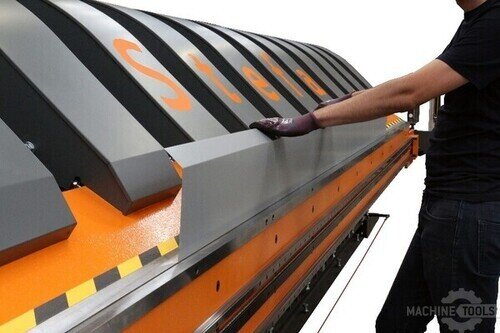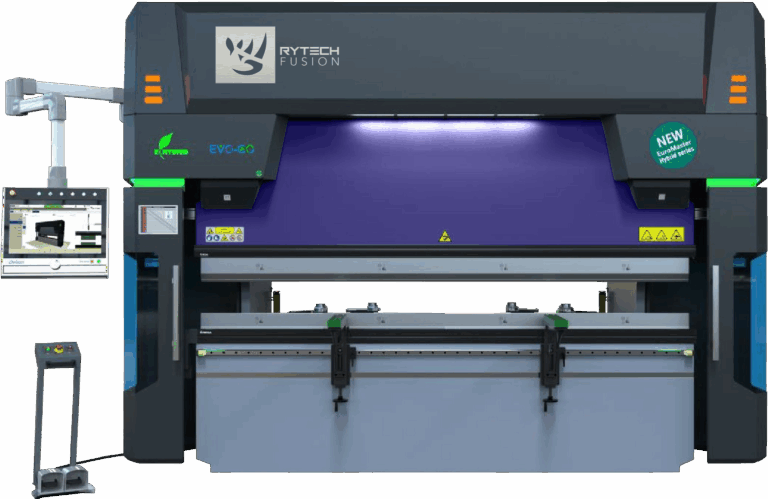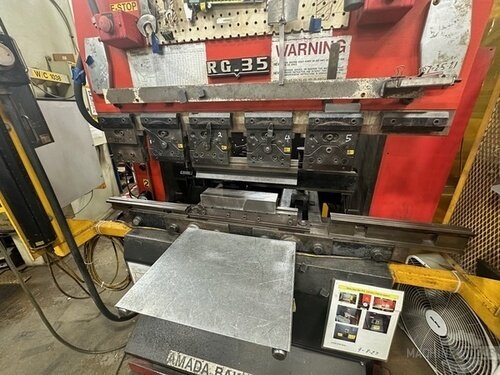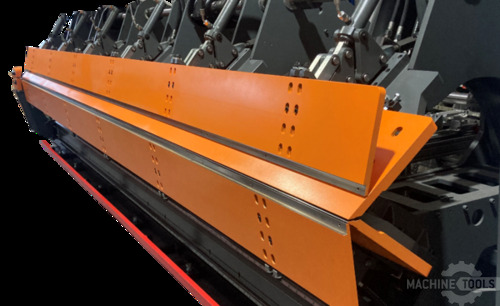Growing up in southern Chicago, I learned early on that real business is built on relationships, trust, and delivering what you promise. My journey to Mac-Tech has been driven by a passion for helping fabrication shops and roofing contractors not just keep up, but get ahead. Every production line and forming operation has its own story, and my goal is to make sure every customer gets the right fit—no matter if you’re running a small shop or a multi-state operation. At Mac-Tech, I’ve been privileged to work with businesses nationwide, guiding them through the maze of options—folders, shears, slitters, decoilers, downspout roll formers, and more—to build smarter, faster, and more cost-effective production lines.
Leveraging Decades of Expertise: Understanding Your Fabrication Needs for Optimal Efficiency
Every fabrication shop has unique challenges, whether you’re forming standing seam panels, custom trim, or downspouts. My first step is always to listen—what are your production bottlenecks? Where do labor costs creep up? What tolerances keep you up at night? With decades of experience under my belt, I’ve seen the pitfalls of “cookie-cutter” solutions. The right motorized folder for a mid-volume shop isn’t always the biggest or most expensive. It’s the one that meets your throughput needs, fits your space, and matches your crew’s skill level—while leaving room for growth. That’s why my approach is hands-on: walking your floor, reviewing your current processes, and mapping out where automation and smarter machines can make the biggest impact.
Evaluating Motorized Folder Capabilities: Matching Machine Performance to Slitting, Forming, and Folding Demands
Not all motorized folders are created equal, especially when it comes to mid-volume forming. The real differentiators are cycle speed, accuracy, flexibility, and how well the machine integrates with upstream and downstream equipment. For example, a shop running coil-fed material with frequent gauge changes needs a folder with fast, repeatable setup and minimal manual intervention. Comparing servo-driven folders to traditional hydraulic systems, the former consistently deliver tighter tolerances and quicker cycle times, making them ideal for shops chasing both quality and speed. I always encourage customers to look beyond just the folder—how will it work with your slitters, shears, or decoilers? The right folder can streamline your whole line, eliminating double handling and reducing costly rework.
Assessing Coil-Fed Production Challenges: Reducing Material Waste and Enhancing Throughput
Coil-fed lines present unique challenges: scrap management, coil changeover times, and the risk of misfeeds that can ruin entire runs. When evaluating a new folder for coil-fed production, I focus on features like automated blank loading, integrated squaring arms, and advanced control systems. These options significantly reduce operator error and material waste. For customers, the payoff is immediate: less scrap, more consistent output, and the ability to run smaller batch sizes without sacrificing efficiency. An optimized coil-fed setup with the right folder can often double throughput while slashing material losses—a win-win for the bottom line.
Upgrading for Speed and Precision: Selecting Features That Maximize Productivity in Roll Forming Operations
In today’s market, speed and precision are non-negotiable. Upgrades like CNC backgauges, automatic tool changers, and touch-screen programming aren’t just bells and whistles—they’re productivity game changers. For mid-volume shops, features like combi-beams (which combine straight and box tooling) or double folders (which bend up and down without flipping the part) can cut cycle times in half and open up new product capabilities. I’ve seen shops go from two-man operations to one-man cells, thanks to smart automation and robust folder design. The key is matching features to your actual product mix and growth plans—not overbuying, but not leaving future capacity on the table either.
Guiding Your Transition: A Proven Process for Implementing Better Performing Motorized Folders
Transitioning to a new motorized folder doesn’t have to be disruptive. My process starts with an in-depth needs assessment, followed by side-by-side machine comparisons and ROI analysis. I coordinate demos, site visits, and even trial runs so you can see the difference firsthand. Once you’ve selected your machine, Mac-Tech’s team handles installation, training, and support—ensuring your crew is up to speed and your production line hits the ground running. Our goal is always a smooth, profitable transition, with ongoing support as your needs evolve.
Frequently Asked Questions
When is the right time to upgrade a roll former or folder?
If you’re seeing excessive downtime, struggling to meet tolerances, or your labor costs are rising, it’s time to explore an upgrade. Even small gains in cycle speed or accuracy can have a big impact on your bottom line.
How do servo-driven folders compare to hydraulic systems?
Servo-driven folders offer faster cycle times, improved precision, and quieter operation. They’re ideal for shops that need tight tolerances and quick setups, especially with frequent product changes.
What’s the difference between a combi-beam and double folder?
A combi-beam folder combines straight and box tooling for flexibility in forming different profiles. A double folder bends up and down without flipping the part, cutting cycle times and reducing handling.
What are signs a roll forming line is no longer cost-effective?
Frequent repairs, rising scrap rates, and slow changeovers are key signals. If your line can’t keep up with demand or new product requirements, upgrading can quickly pay for itself.
Can automation reduce my labor needs without compromising quality?
Absolutely. Modern folders and roll formers with automation features not only cut labor but also improve consistency and product quality. Many shops have moved to one-operator setups for mid-volume runs.
Ready to see how the right motorized folder can transform your operation? I invite you to reach out for a personalized walkthrough, machine demo, or upgrade quote. Let’s work together to build a production line that’s faster, smarter, and ready for the future.
Get Weekly Mac-Tech News & Updates








